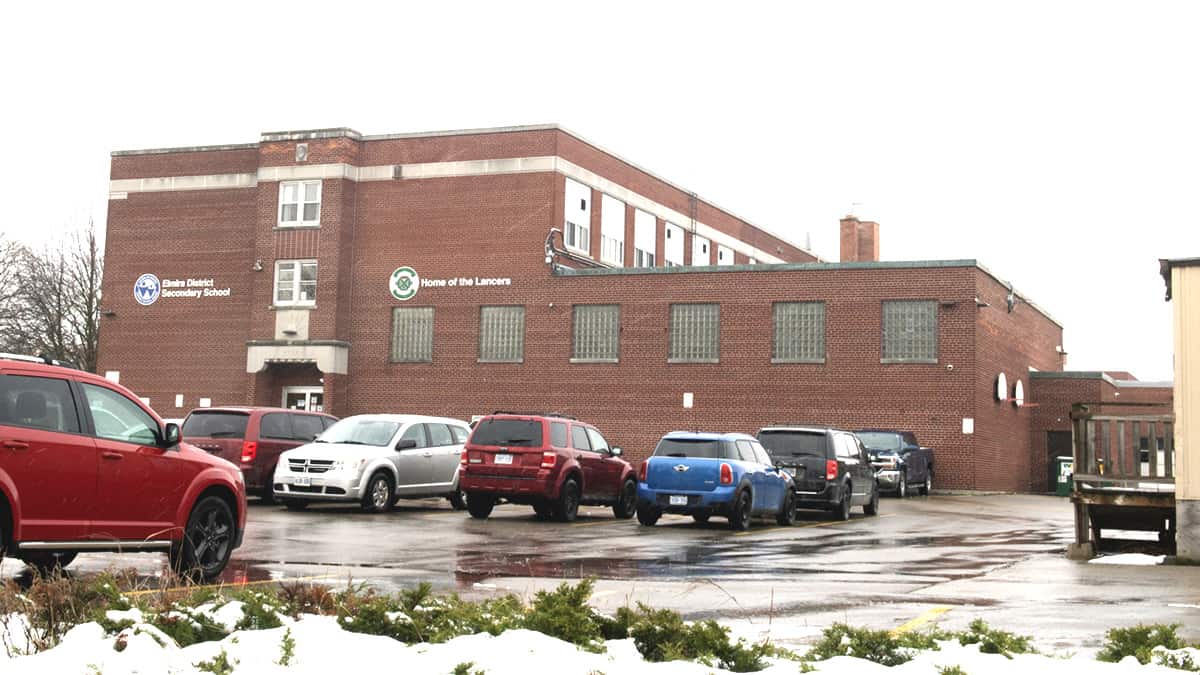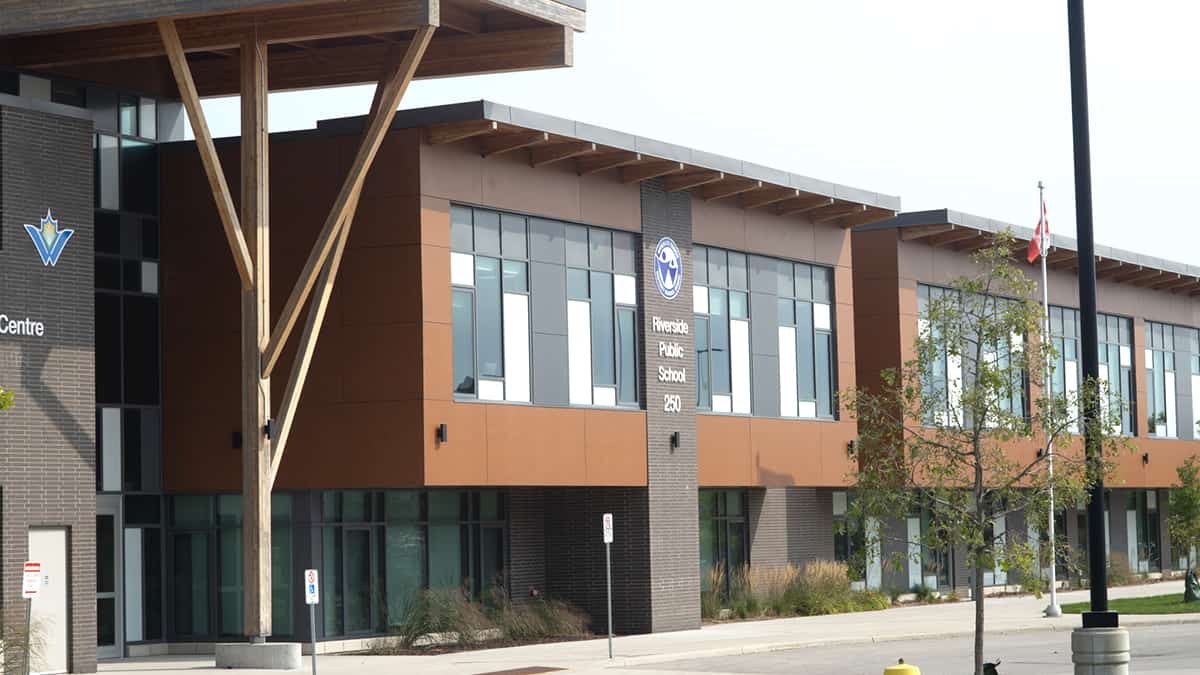While case counts are climbing, Waterloo Region won’t move into lockdown mode … at least for now.
The region’s case rate is the fourth highest in Ontario, ensuring that it remains in the red/control stage, meaning current restrictions are in full effect.
At this point, local officials are looking for additional supports from the province, said medical officer of health Dr. Hsiu-Li Wang at the region’s weekly coronavirus briefing on Friday. There’s been no push to move into the grey/lockdown category.
“There’s no set criteria, and there’s no set timeline for when a region would move from red to lockdown. But we do know that usually it takes at least two weeks, if not two to four weeks, for restrictions that have been put in to start to have an effect,” she explained.
As of today, there were 573 active cases of COVID-19 in the region, bringing the cumulative total to 3,888. Public health officials are currently monitoring outbreaks at 25 locations, including one at Elmira District Secondary School, which has two cases.
Off the list is Village Manor in St. Jacobs, which is under the operational control of St. Mary’s General Hospital. The retirement home had seen 20 of its 24 residents test positive. Sixteen are now recovered and not considered infectious.
“It’s important for the community to know that this means that people from Village Manor are out in the community, and they will not spread to others – they’re able to go about their regular routine. So for example, going to the grocery store as required,” said St. Mary’s president Lee Fairclough
Of the 12 staff that have tested positive, all cases are now considered resolved, and some of them will be returning to work.
The overall situation in the region means the municipality will need more support from the province, said Wang.
“We need some additional resources to help us. Other health units that have had surges earlier than us have received additional support, and more support than we currently are receiving. So, we now are searching and want additional supports as well, so that we can have the best opportunity to be able to be successful,” said Wang of the request.
Among the areas requiring more work are the conservative Mennonite communities. Public health figures show the transmission rate among those groups in north Woolwich and Wellesley was at 1,778 per 100,000 compared to the regional average of 609 per 100,000, with Wang today suggesting the actual numbers may be higher given that some people have refused to be tested.
The region expects to begin posting more detailed information about outbreaks on its online dashboard, documenting cases by towns/neighbourhoods, with improved mapping, said Wang.
“The issue was, we had some limitations with the data system that we had before. In terms of being able to get exact locations and, therefore, that’s why our current map uses postal code, but we know that that’s a bit of an issue in rural areas where there’s larger areas covered by the same postal code.”









